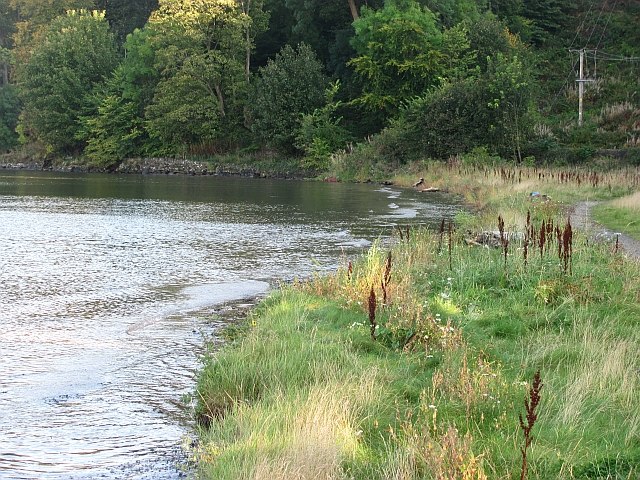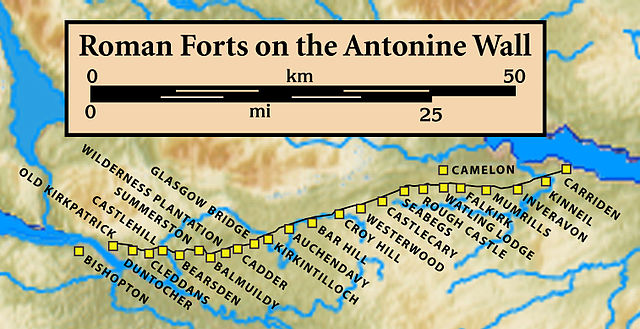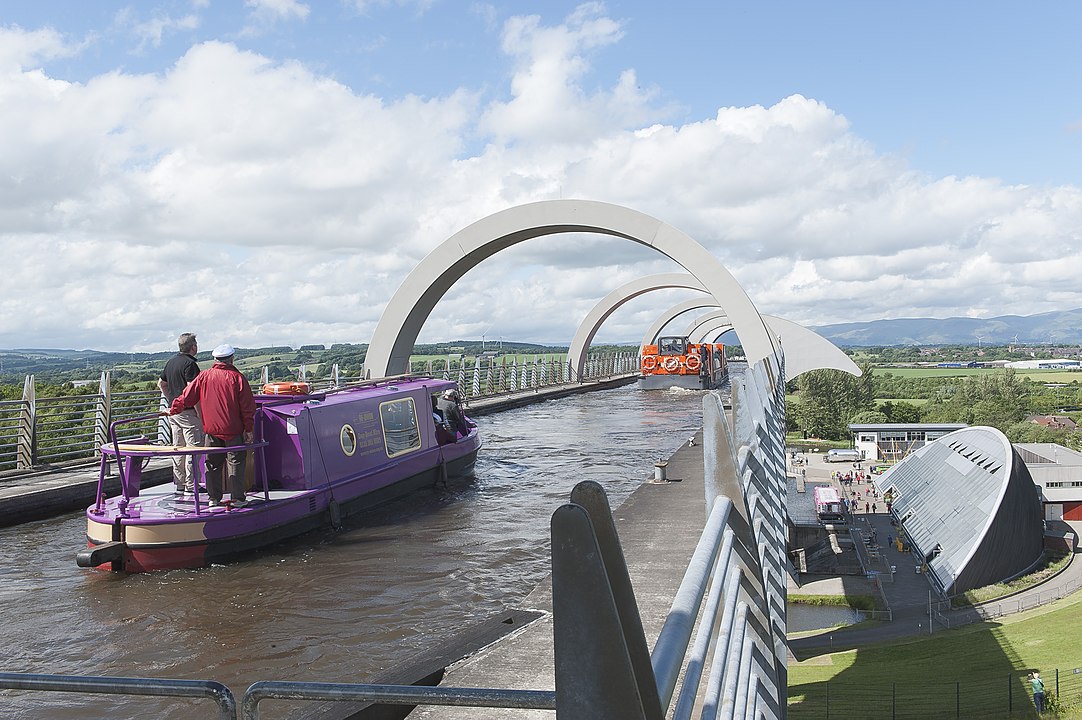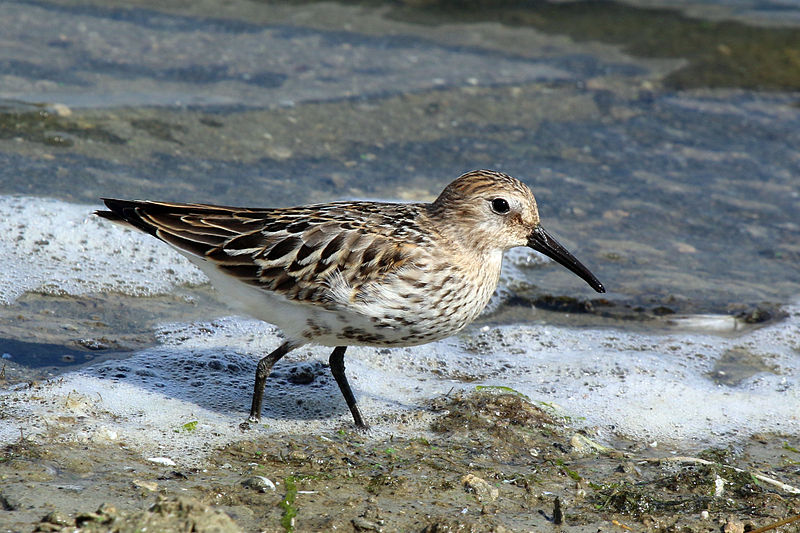Falkirk Community Trust has been collaborating with Sustrans on their wonderful Greenways project to bring some local heritage to life along the foreshore at Bo’ness. This is one of the stories from the project.
Velunia
Did you know the Carriden area of Bo’ness was once called Velunia? The name was given to the local Roman fort, serving the Antonine Wall. It was located in what’s now an empty field, on land looking down on Carriden Beach and the John Muir Way. There’s a public right way from the foreshore path up to the field, just east of the 16th century Carriden House. Sadly, there’s nothing to see above ground these days.
Carriden’s Latin name came to light in a Roman altar found in the field in 1956. It’s now on show in the National Museum of Scotland in Edinburgh. The altar was dedicated to the father of Roman gods, Jupiter. The translation of the inscription says: “To Jupiter Best and Greatest, villagers residing at the fort of Velunia gladly, willingly and deservedly fulfilled their vow; Aelius Mansuetus saw that the job was carried out.”
Carriden – or Velunia – is significant because it’s the only site along the Antonine Wall where we know its Roman name. We know other Roman names along the Wall – but don’t know which areas they relate to.


Archaeological Finds
Historical investigations reveal there was a significant fort and annexe here, housing around 500 Roman soldiers, with a village beside it. In 2008, the remains of a Roman bath house were found in the grounds of Carriden House. The site has also yielded Roman coins and pottery – and apparently a centurion’s stone – reportedly built into Carriden House itself.
You can find out more about the Romans at an impressive replica of the Roman Bridgeness Slab off Harbour Road in Bo’ness. Further west, you’ll find Roman artefacts on show in Kinneil Museum and the remains of a fortlet in the grounds of Kinneil House. There’s also a striking modern sculpture at the entrance to the Kinneil Estate – inspired by a Roman horse harness fitting found nearby.
To find out more about the Romans in Scotland, visit the Antonine Wall website and check out a number of ancient sites on/near the route of the John Muir Way.


Did You Know?
The Roman Antonine Wall was once the north-west frontier of the Roman Empire. It was built around 142 AD on the orders of Emperor Antoninus Pius to replace Hadrian’s Wall further south. The Scottish wall was built of turf on a stone base (like parts of Hadrian’s Wall in Cumbria). However, its role as an important Roman frontier was short-lived. After just a generation, the Romans retreated back to Hadrian’s Wall. In 2008, the Antonine Wall became part of the Frontiers of the Roman Empire World Heritage Site, joining Hadrian’s Wall and the Limes in Germany as part of this transnational World Heritage Site.

